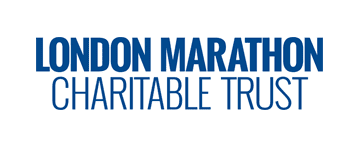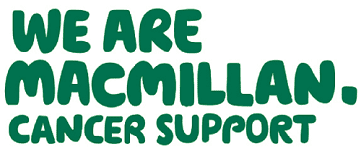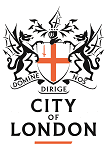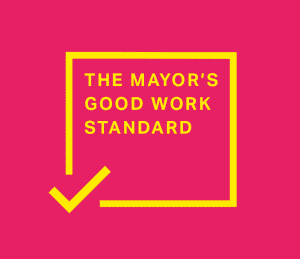A Participatory Action Research Project
Making Tower Hamlets Safer
Since March 2019, Toynbee Hall’s peer researchers have been exploring residents’ concerns about community safety and connection in Tower Hamlets. This project was inspired by our previous peer research which revealed that 1 out of every 3 residents over the age of 50 highlighted the need to increase community safety and connection.
28 community researchers, ranging in age from 22 to 79 took part in the project, conducting surveys with 220 residents aged above 18 in Tower Hamlets, and conducting in-depth interviews with 7 residents.
WHO ARE THE RESEARCHERS?
KEY FINDINGS
WHAT DO RESIDENTS THINK WOULD HELP?
RECOMMENDATIONS
GUIDANCE ON BUILDING MARGAINALISED RESIDENTS’ POWERIN LOCAL CHANGEMAKING

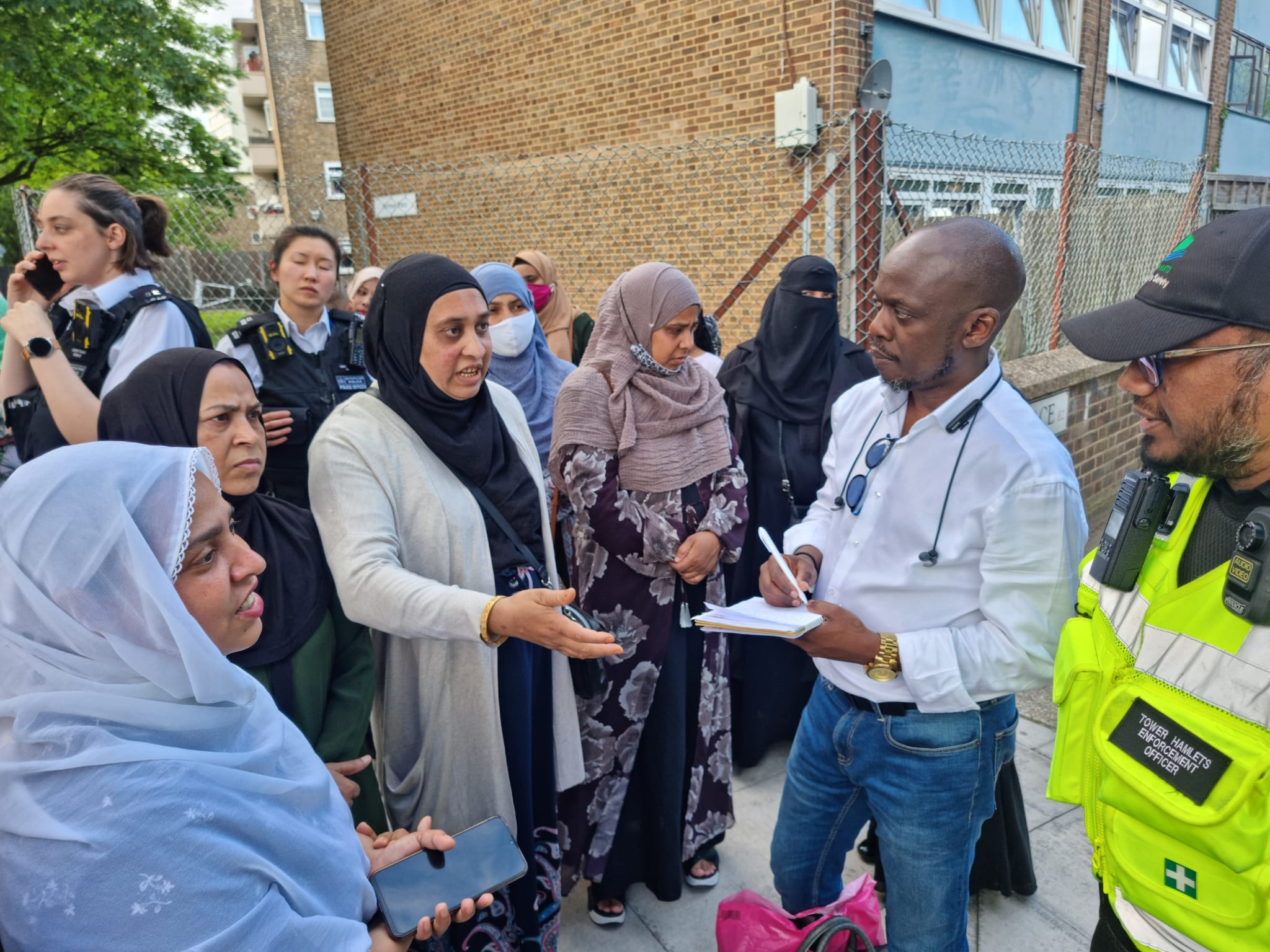
Who are the researchers?
More than 30 community researchers, who are all residents of the borough, conducted the research with support from the Research and Policy Team. The community researchers were aged between 22 and 79, with 12 languages between them.
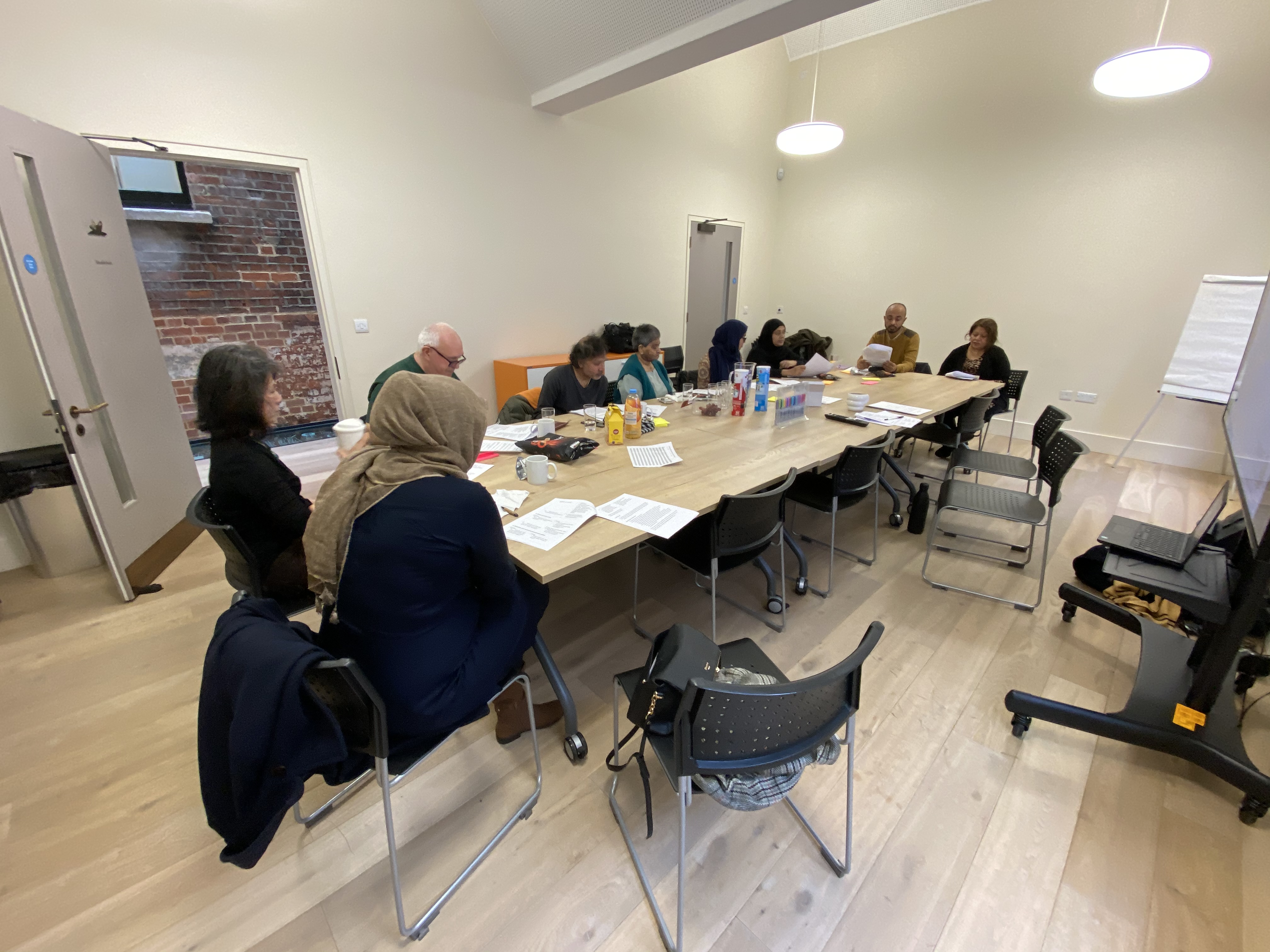
Key findings
A significant number of residents often felt unsafe or disconnected from their community.
● Only one in three (33%) people felt safe in Tower Hamlets.
● One in five (22%) felt unsafe in Tower Hamlets every day, and another 20% felt unsafe a few occasions per week. Those of Bangladeshi background feel particularly unsafe.
● One in five (22%) didn’t feel part of a community. This is a problem that is particularly pronounced among White respondents, around a third of whom did not feel part of a community. Those from a Bangladeshi background reported the strongest sense of community, with 60% feeling part of a community.
● Residents feel unsafe at night, particularly women. Residents, particularly women described being fearful of leaving their homes at night.
“Being able to walk alone at night without feeling threatened, well-lit streets, not being harassed by groups of men.”
● Fear for the safety of children is a major concern for parents: Parents described making decisions about what they do and where they go based on how safe they perceive the place or activity to be.
“I always get scared, couldn’t take the kids to the park because people are having drugs on the street or park, shouting, screaming, swearing and bullying each other on the streets.”
● When asked what they think causes issues of safety and disconnectedness: over half (55%) said financial difficulty, half said lack of policing, and 42% said a lack of people caring for one another. The issues of financial difficulty were particularly highlighted by those aged 18-24, with 82% of the respondents in this age bracket identifying it as one of the most important causes.
● These insights have guided us in our action phase, where we provided £4,465 incentives for community members who took part over the course of a year, connected communities with the police, and hosted 29 activities for community members to come together.
Key concerns overall were drug dealing and knife crime, followed by substance misuse
● 69% were worried about drug dealing, 39% about knife crime, and 28% about substance misuse. Substance misuse is significantly more concerning for those aged 25+ than those aged 18-24. 30% of people aged over 25 cited this as a top three concern, compared to 7% of younger people.
● Bangladeshi respondents were particularly concerned about drug dealing (83%) and knife crime (55%).
Community safety issues are the source of a generational divide
● Over 40s feel more unsafe: 28% of over 40s, compared to 9% of under 40s felt unsafe or very unsafe.
● A quarter of respondents perceived young people to be the cause of anti-social behaviour, and they were also considered to be vulnerable to becoming involved in crime.
“Local ne’er-do-wells. Mostly young people, sadly, who seem to be more interested in making a quick buck dealing drugs than going to work for eight hours a day like I do.”
● The following were perceived to be the top causes of young people’s involvement in anti-social behaviour: Temptation of joining gangs (49%), family issues/conflict (43%), lack of rules at home (36%), lack of youth clubs (33%), and lack of affordable leisure activities (30%).
● Interestingly, young people (18-24) had different ideas about this compared to those aged 25+. They were significantly more likely to highlight young people not being listened to (53% vs 26%) and lack of support in schools (47% vs 20%) as opposed to lack of affordable leisure activities (6% vs 33%).
Safety concerns have a negative impact on wellbeing and social integration
• Some residents described a constant fear of being harmed, intimidated or in danger when in public spaces. This causes them to feel less motivated to leave the house, feel uncomfortable in public and sometimes become sleepless.
“I can’t sleep due to the noise and have been late for work. I’m scared to confront the gang as they may attack me or damage my property.”
“They cause me to change my route and have to walk more vigilantly and attentively – stressed beyond reason.”
“[Safety concern] changes my mood and demotivates me to not go out at much.”
Residents are dissatisfied with responses from authorities to safety concerns
● The Police (16% satisfied or very satisfied, 46% unsatisfied or very unsatisfied).
● Local council (16% satisfied or very satisfied, 42% unsatisfied or very unsatisfied).
● Housing Associations (12% satisfied or very satisfied, 39% unsatisfied or very unsatisfied).
“When I contacted the council using the number on the website I was told the number has changed and when I called the one instructed it did not work.”
“I really dislike the information/poster people can refer to about how to report anti-social behaviour in Tower Hamlets. It is very text heavy and over complicated. I would like to see this redone to a higher standard.”
• There is evidence that low levels of trust may be having an impact on whether respondents report their safety concerns to authorities. 1 in 5 respondents did not report problems as they either did not know how to or were afraid of the repercussions if they did. Many respondents felt that there was little response if they did report safety concerns. A significant number of respondents, particularly young people and those who are from Black, Asian and other minority ethnicities, expressed their sense of distrust in the authorities.
“I don’t feel safe around police … because they also harass innocent people.”
“Not helped at all from council … they don’t listen.”
What do residents think would help?
When asked respondents what could prevent involvement, the top suggestions were:

● More police staff (47%);
● Tackling financial difficulty (33%);
● Providing more employment opportunities (32%).
Again there seem to be differences across age groups as to the importance of these methods. Young people were most concerned with tackling financial difficulty, whilst those aged 25+ favoured more police staff.
Young people placed more emphasis on the provision of more employment opportunities being an important preventative measure, with 71% in this group highlighting this as a main method to tackle knife crime, in contrast to only 34% of those aged 25+.
There was consensus on finding ways to tackle the root causes of safety concerns, which many felt was caused by poverty.
“Tackling poverty and deprivation – an absolute priority.”
“Honestly, I feel like most anti-social behaviour has poverty at its root cause. Young people dealing drugs, begging. So really it makes me sad that people are living in poverty.”
“Opportunities for young people to make a living, they’re finding drug dealing as an easy way to get money without qualifications.”
Finding ways to listen to young people.
“Unless children/young people are themselves purposively actively included in the consultative process of identification of issues/problems, solutions and cultivating feelings of ownership, many of the follow up well intentioned community actions may by time prove irrelevant and/or remain underutilised.”
Finding ways to feel more connected with their neighbours and others in the local community would help residents feel safer.
“The community spirit is slowly eroding, and people tend to keep to themselves.”
“Due to rise in crime, families tend to keep them to themselves, no one really
knows their neighbours anymore.”
“Community involvement is critical to building a resilient and thriving neighbourhood.”
Having better channels of communication with the police, the council and housing associations. This could be a new type of TRA or neighbourhood ward panel. Accountability was important here. Residents often felt they received no response to the reporting of crime for example.
“When we complained to the police or council, they never made any action.”
Need for a preventative action, with a focus on families and not solely on children and young people.
“Increasing the confidence of families in discussing taboo subjects with young people, such as sex, drug use, dealing etc.”
“Promote, make possible, financially and in regard to awareness of the importance of time spent together, between parent and young people. Families and provide parent support groups in parallel to young people support groups, then provided shared outings/activities for both together.”
Emphasis on the need for a holistic approach, with policing complimented by other approaches. For example, Schools are seen as playing an important part in prevention, with respondents highlighting a need for closer working between parents and teachers, more peer support programmes and more time in the curriculum on the risks associated with issues such as substance misuse.
“It is super hard to pick one thing that will make me feel safer, all is connected!”
Recommendations for safer homes and neighbourhoods
Recommendations for local authorities, social housing providers and the police
Guidance on building
marginalised residents’
power in local changemaking
We have designed this document to provide practical approaches to improving the participation of
marginalised residents in local change-making.
The guidance is aimed primarily at local authorities, Community Safety Partnerships, housing associations and community organisations.
Read the report




